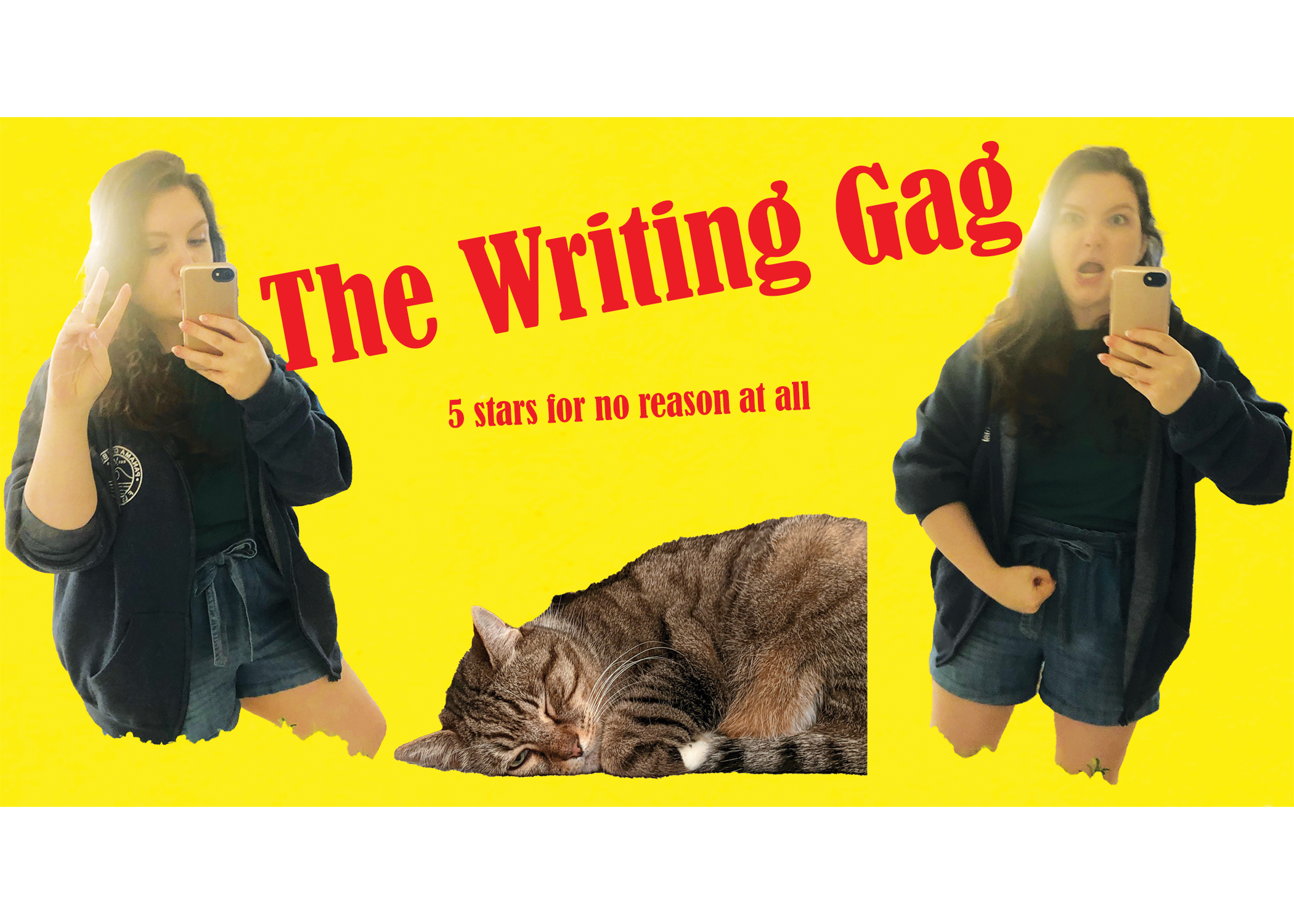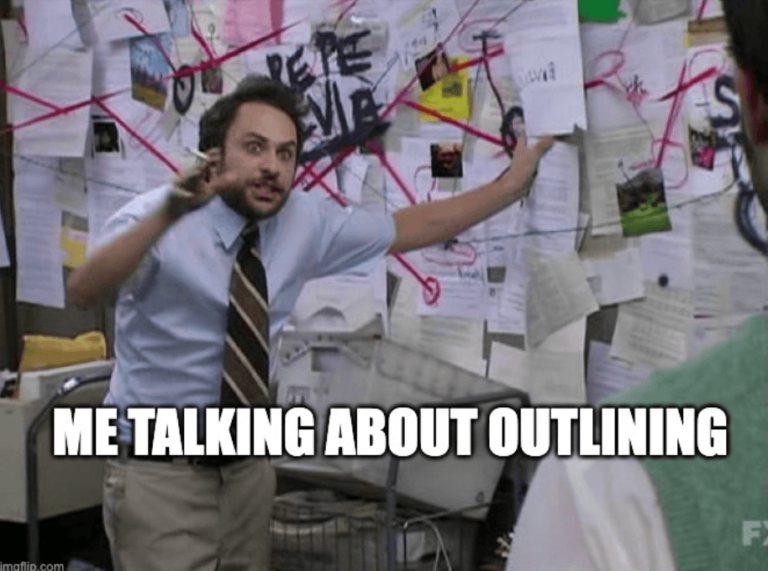5 Ways to Write Better Creative Paragraphs

5 Ways to Write Better Creative Paragraphs
I’ve been on the search for 5 ways to write better creative paragraphs and I’m certain I’ve found a few gems that can help along the way. Keep in my mind these are just my opinions but I’ve found that each of these tips helped my writing go from bleh to yeah! At least for me, I can see my growth. So read these 5 ways to write better creative paragraphs and let me know in the comments if they’ll help you too!
What We’ll Cover
1. Invoke The 5 Senses
2. Use Active Voice
3. Avoid Using 'as' or -ing Words After the Initial Verb
4. Keep It Simple With Length, Punctation, and Syntax
5. Invoke Parallelsim
How To Make These Tips Work for you
1. Invoke the 5 Senses
Writing is a visual experience for the most part, but it doesn’t mean you can’t make your reader use all five senses. Some of the best stories I’ve written have caused me to forget where I am, transport me into an alternate place, and experience the smells, tastes, sounds, sights, and feel of the world I’m reading.
Here’s a chart on the senses you should be invoking in your reader.

Your world is just like the one you’re living in. It’s full and complete with every sense we experience on the daily. Don’t forget that and bring it into your world!
2. Use Active Voice
One, the next time someone tells me this, they’re getting a quick jab to the throat. It’s the most annoying piece of criticism I get— no, no, that’s Show vs Tell actually.

But really using Active Voice is a surefire way to get your reader transported into what you’re talking about. It heightens the stakes. It brings drama and ups the tension of the story. Don’t believe me? Let’s check out some examples.
- He was sprinting down the street as tears were flowing down his face (Passive).
- He sprinted down the street and tears flowed down his face. (Active).
The latter sentence just brings you a little closer to the story. It’s a subtle thing, one that I often overlook in a book, but using passive voice all the time marks an amateur writer. Sorry, Bob, I don’t make the rules. Editors do and they’re a pain in the ass.
3. Avoid Using ‘as’ or -ing words after the initial verb
Okay, buckle up. This piece of advice I received from The Self Editing Guide for Fiction Writers which happens to be my favorite book on editing so far! But this advice is… brutal. But it is one of the 5 ways to write better creative paragraphs for a reason, y’all. It really does work.
Bad sentence: He picked up the dog, his arm wrapping around its body as he slipped in the puddle of pee.
Here, we have an active verb in the beginning. GOOD START, Okay? Then we have the second part, an -ing verb coming after the initial sentence. Less good. Then we have an ‘as’ portion which might cause conflict between what’s happening. How is his arm wrapping around the dog while he’s falling? Could it happen? Sure. But to the anal and insane, it might cause a pause. We don’t want to cause a pause.
Better Sentence: He picked up the dog and wrapped his arm around its body. Just when he got ahold of the little terror, his foot slipped in the pee and flew out from underneath him.
No use of -ing words after the initial verb. No use of ‘as’ causing conflict on what’s humanely possible. All is right with the world.
And I know, this piece of advice can be hard to stomach. I can’t find the book right now, but I know it says something like “And to use this form of ‘as’ or -ing is to mark oneself as a true amateur.”
Knife in the gut honestly. But damned if my writing isn’t better.
You can also click the picture below to IMPROVE your writing with the
Ultimate Writing Checklist!
This advice comes from The Self Editing Guide for Fiction Writers, Best selling author Alex Finaly AND David Farland, the man who launched the careers of Brandon Sanderson (Mistborn Series), Stephanie Myer (Twilight Series), and James Dashner (The Maze Runner Series).

4. Keep it simple with length, punctuation, and syntax.
Okay you pretentious bastards, this one’s for you. Simple sentences are cool. Gone are the victorian days when people had attention spans and could follow long sentences. We like them short now. We like them easy to read. To understand.
And sorry folks, your use of a semicolon is wrong. You know why? Because NO ONE knows how to use them. You could be the greatest literary editor in the world and think, “hey, I know how to use a semicolon.” Well, buddy, the next greatest literary editor in the world will think, “That person was an idiot. THIS is how you use a semicolon.”
And so is the nature of language. It changes. It moves like a breathing organism. It evolves yearly, monthly, and daily. C'est la vie. Move on.
5. Invoke Parallelism
So this is a cool writing tool that tops off the best 5 ways to write better creative paragraphs. It’s last, but not least. In the end, but rounds it off. Towards the back, but— okay, okay, I hear you. “SHUT UP KATE.” Yeah, yeah, I got you.
One, parallelism is the agreement of grammatical structure. It works especially well with lists and repetitive beginning phrases. I have an article coming out on this soon but here are some examples to get you started.
1. I came, I saw, I conquered
2. It was disturbing, horrifying, and humiliating.
3. I have a question on why we’re here. I have a question on why this matters. And I have a question on why the hell you’re still on my coat!
Conclusion
So there we go. This a short but lovely list of 5 ways to write better creative paragraphs. And look, this isn’t the end all be all. But don’t dismiss these ideas so quickly as I did the first time. If anything, write a story that abides by all of these rules, make it the best story in the world, and send it to my inbox to let me know how stupid I am for suggesting this to you.
…. Or maybe find out, it wasn’t horrible advice after all.

Remember to scroll down below and sign up for my newsletter. You'll get my Ultimate Editing Checklist and first look at articles, writing tips, advice, and general Writing Gag chicanery!
Okay. Happy writing friends.
Stay Saucy!
XOXO - Kate







